WWII genocide victims commemorated in Serbia, RS
Serbia and the Serb Republic (RS) today mark Genocide Remembrance Day to commemorate Serb, Jewish and Roma victims of Ustasha and Nazi death camps.
Sunday, 22.04.2012.
13:55

Serbia and the Serb Republic (RS) today mark Genocide Remembrance Day to commemorate Serb, Jewish and Roma victims of Ustasha and Nazi death camps. The Nazi-allied Independent State of Croatia (NDH) and its Ustasha regime operated Jasenovac and other death camps, that became places of mass slaughter of Serbs, Jews and Roma during the Second World War. WWII genocide victims commemorated in Serbia, RS Serbia will commemorate the victims by laying wreaths at the monument to the WWII genocide victims and at the Staro Sajmiste (Old Fairgrounds) concentration camp memorial complex in Belgrade. The camp was set up and operated by the occupying German Nazi forces. The ceremony will be led by Labor and Social Policy Ministry State Secretary Negovan Stankovic and it will be attended by representatives of the city of Belgrade. Association of Jewish Communities in Serbia and Roma National Council and representatives of Israel, Germany and other states will pay their respects to the victims. According to official data, confirmed by the Simon Wiesenthal Center, 500,000 Serbs, 80,000 Roma and 32,000 Jews and dozens of thousands of antifascists of various ethnicities perished in the Jasenovac camps. The Independent State of Croatia even had special camps for children, the Sisak and Jastrebarsko camps, in which 20,000 children younger than the age of 14 died. The biggest concentration camp in the territory of Serbia was Banjica, where 80,000 people were killed. A memorial service at the Donja Gradina memorial park, near Kozarska Dubica in the RS marked the start of a commemoration for the victims of the Ustasha genocide, attended by RS top officials and Serbia's Prime Minister Mirko Cvetkovic. The RS on Sunday commemorated the WWII victims of the Ustasha genocide, which included Serbs, Roma, Jews and anti-fascists of various nationalities. The central ceremony was held in the memorial area of Donja Gradina, the largest execution site in the Jasenovac concentration camp complex. Representatives of the RS, Serbia and Israel and representatives of associations of surviving prisoners of the camp and veteran organizations laid wreaths and lit candles at the Topole burial site in Donja Gradina. The Memorial Day for victims of the Ustasha genocide in the former Independent State of Croatia (NDH) marks an attempted escape of around 1,000 prisoners from the Jasenovac death camp in the night between April 21 and 22, 1945. Only 118 prisoners managed to escape. A liturgy was served at the Church of Holy Apostles Peter and Paul in Kozarska Dubica on Sunday. Donja Gradina was the largest execution site in the Jasenovac concentration camp complex, which was opened in August 1941, shortly after the declaration of independence by the NDH. A view of Jasenovac memorial site (jasenovac-info.com) Tanjug
WWII genocide victims commemorated in Serbia, RS
Serbia will commemorate the victims by laying wreaths at the monument to the WWII genocide victims and at the Staro Sajmište (Old Fairgrounds) concentration camp memorial complex in Belgrade. The camp was set up and operated by the occupying German Nazi forces.The ceremony will be led by Labor and Social Policy Ministry State Secretary Negovan Stanković and it will be attended by representatives of the city of Belgrade.
Association of Jewish Communities in Serbia and Roma National Council and representatives of Israel, Germany and other states will pay their respects to the victims.
According to official data, confirmed by the Simon Wiesenthal Center, 500,000 Serbs, 80,000 Roma and 32,000 Jews and dozens of thousands of antifascists of various ethnicities perished in the Jasenovac camps.
The Independent State of Croatia even had special camps for children, the Sisak and Jastrebarsko camps, in which 20,000 children younger than the age of 14 died.
The biggest concentration camp in the territory of Serbia was Banjica, where 80,000 people were killed.
A memorial service at the Donja Gradina memorial park, near Kozarska Dubica in the RS marked the start of a commemoration for the victims of the Ustasha genocide, attended by RS top officials and Serbia's Prime Minister Mirko Cvetković.
The RS on Sunday commemorated the WWII victims of the Ustasha genocide, which included Serbs, Roma, Jews and anti-fascists of various nationalities.
The central ceremony was held in the memorial area of Donja Gradina, the largest execution site in the Jasenovac concentration camp complex.
Representatives of the RS, Serbia and Israel and representatives of associations of surviving prisoners of the camp and veteran organizations laid wreaths and lit candles at the Topole burial site in Donja Gradina.
The Memorial Day for victims of the Ustasha genocide in the former Independent State of Croatia (NDH) marks an attempted escape of around 1,000 prisoners from the Jasenovac death camp in the night between April 21 and 22, 1945. Only 118 prisoners managed to escape.
A liturgy was served at the Church of Holy Apostles Peter and Paul in Kozarska Dubica on Sunday.
Donja Gradina was the largest execution site in the Jasenovac concentration camp complex, which was opened in August 1941, shortly after the declaration of independence by the NDH.



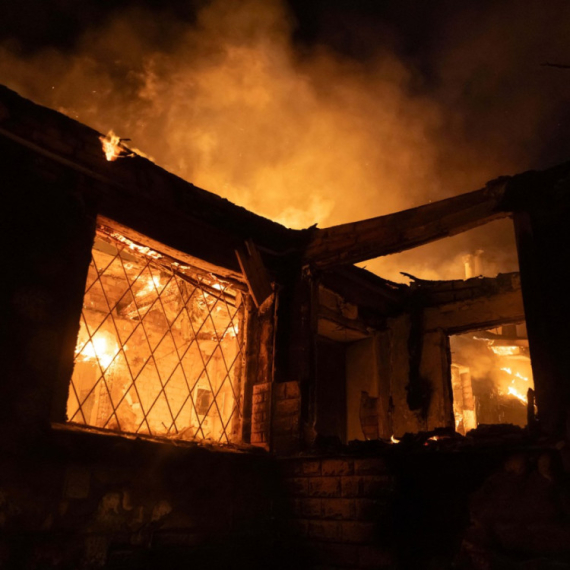
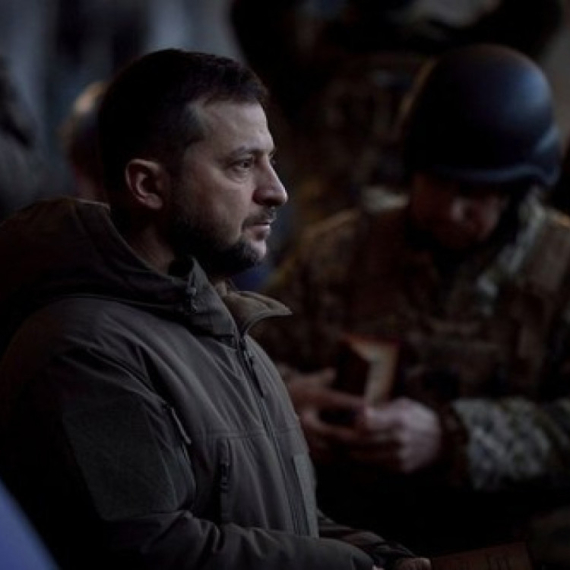
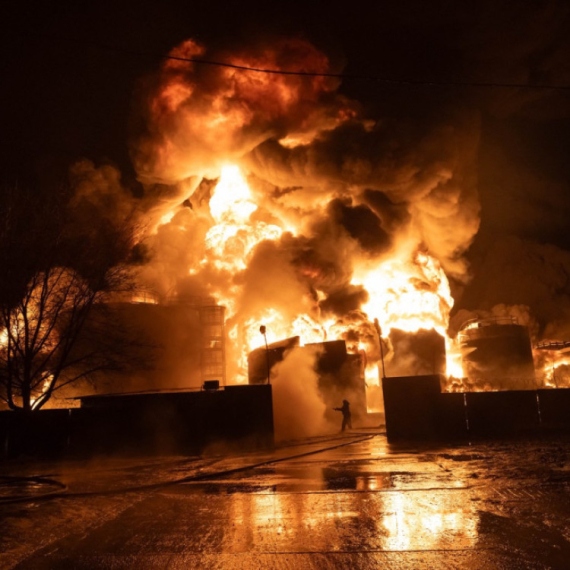




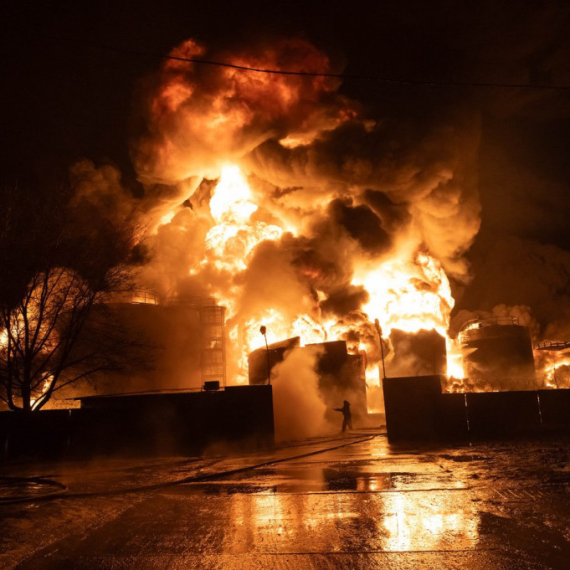


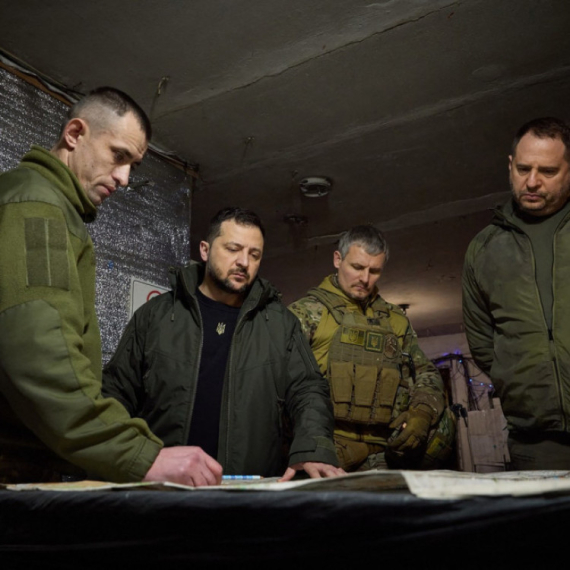

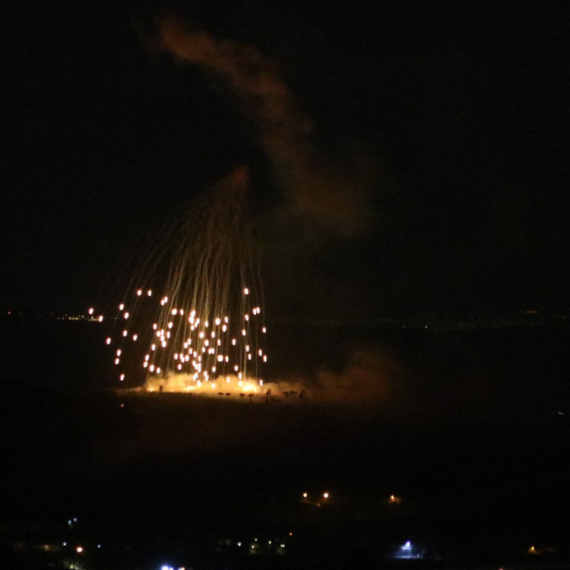
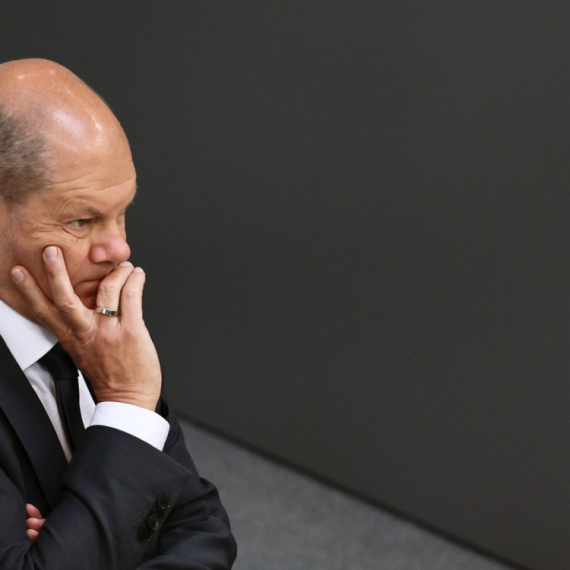
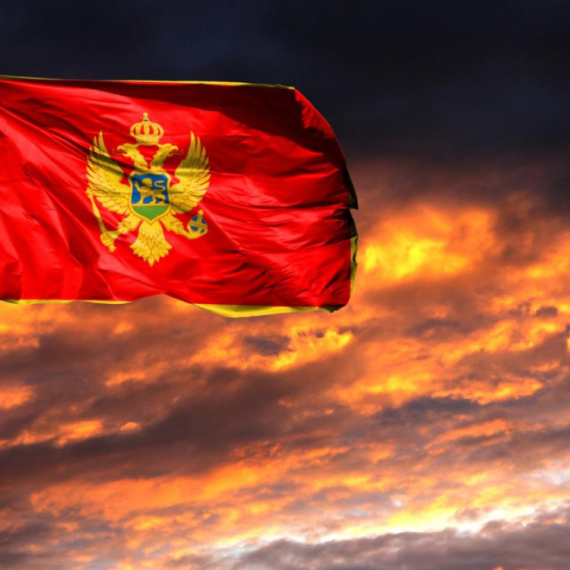










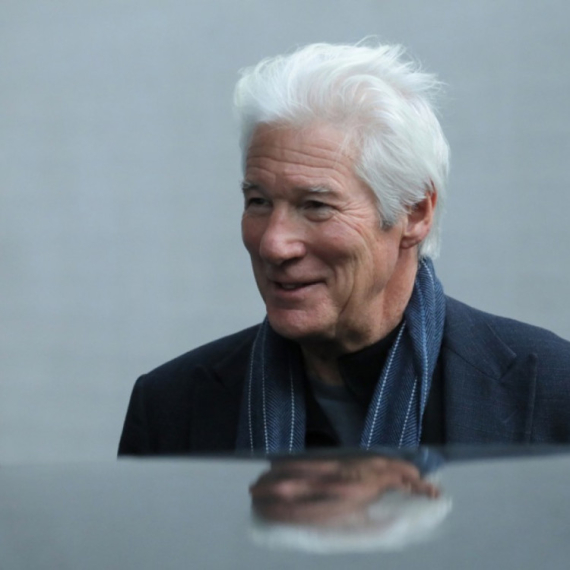

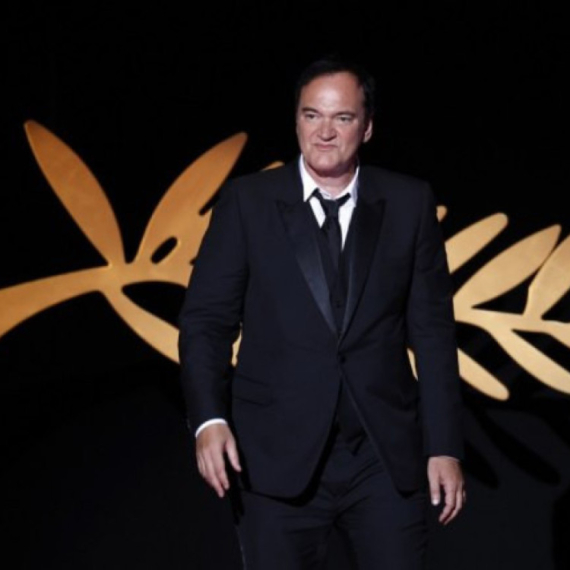

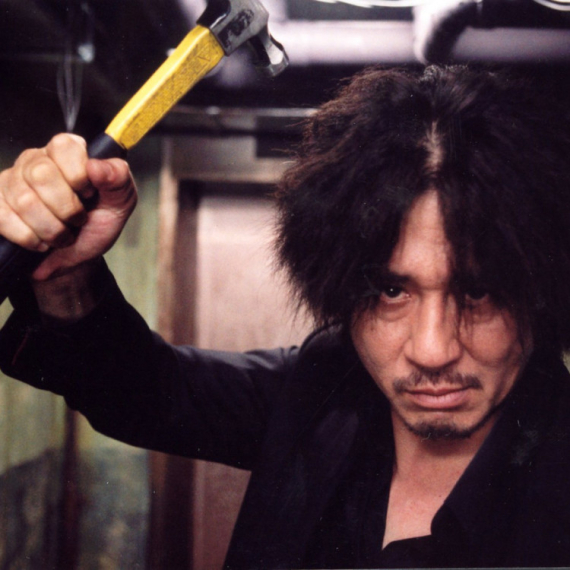






Komentari 14
Pogledaj komentare